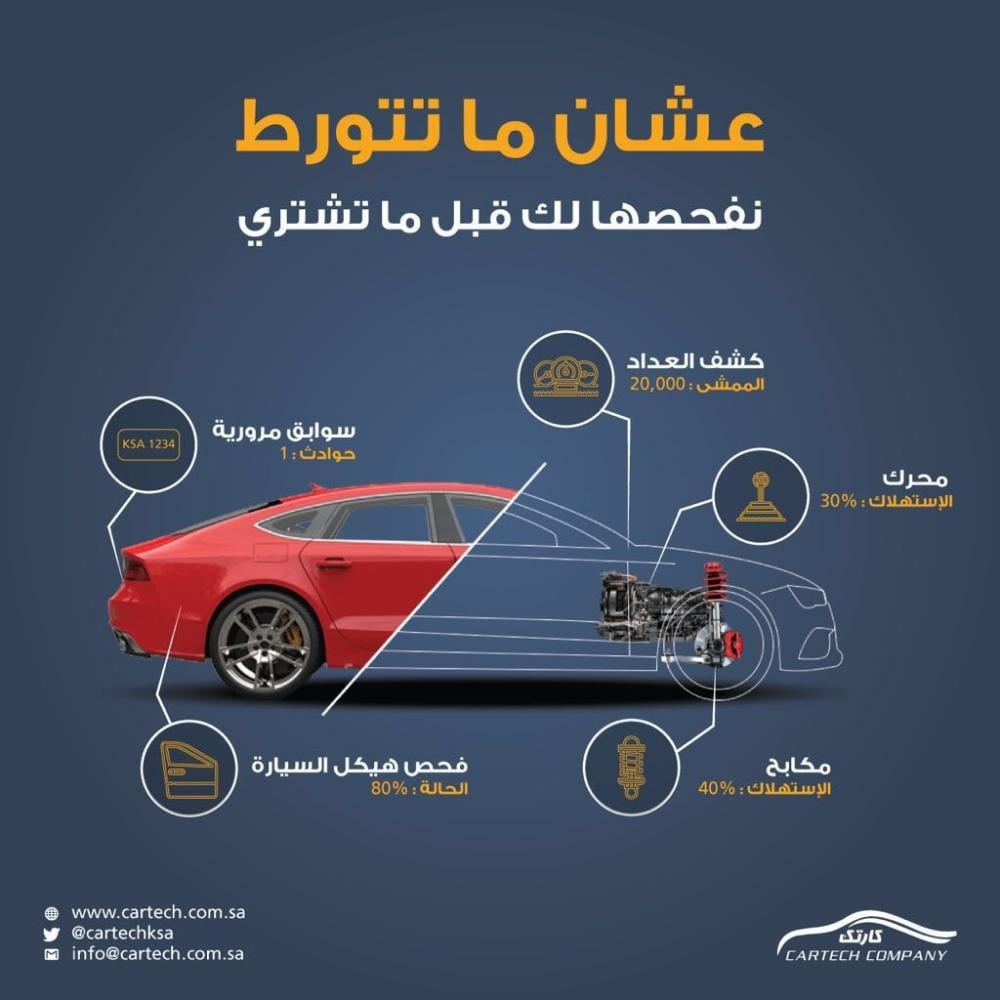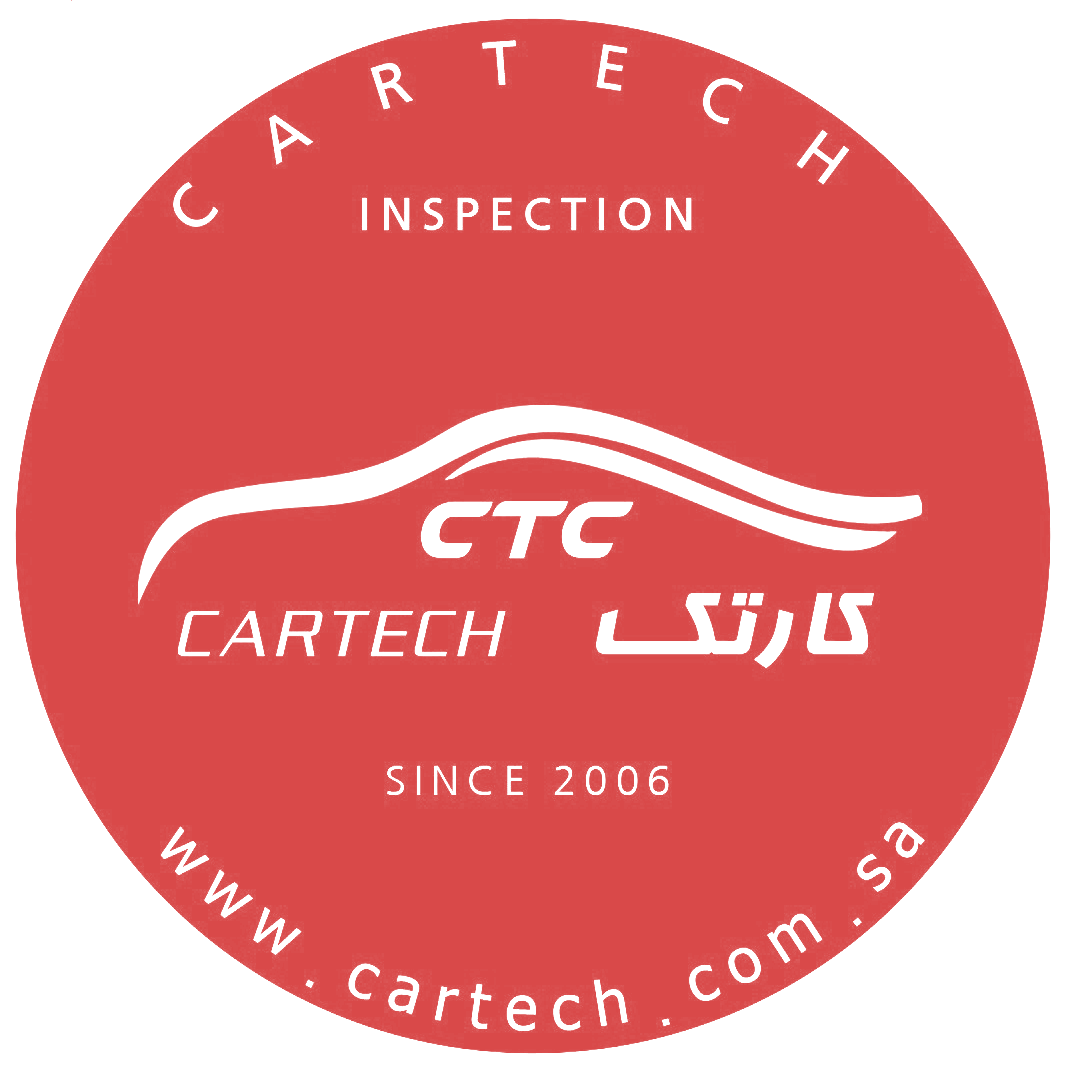
Car Inspection: The Importance of Details and Quality of Service
Introduction
A car inspection is a vital process for ensuring the safety and efficiency of your vehicle. Whether you are buying a used car or want to ensure that your current vehicle is running at its best, a thorough and comprehensive inspection can uncover potential problems and ensure road safety. Here, we will discuss the importance of a body inspection, engine inspection, and a comprehensive inspection, highlighting inspection tools such as a leak detector, body inspection, and the appropriate timing of the inspection such as “sunset,” as well as ensuring quality.
Body Inspection
A body inspection (the car’s chassis) is an essential part of the overall inspection process. This inspection aims to detect any damage that may have occurred as a result of previous accidents or wear and tear due to environmental factors. A special detector inspection device is used to detect damage that is not visible to the naked eye, such as tiny cracks or body twisting. This inspection includes:
- Look for any scratches or dents.
- Check the car’s paintwork and make sure there are no tampering or unauthorized repairs.
- Check the glass and mirrors to make sure there are no cracks or damage.
Engine inspection
The engine is the heart of the car, and checking it ensures that the car will operate efficiently and safely. An engine inspection involves several key steps, including:
- Testing engine performance by measuring acceleration and stability.
- Checking the levels of oils and fluids such as engine oil and coolant.
- Checking the exhaust system to ensure there are no leaks or faults.
- Using a diagnostic device to detect any invisible leaks in the fuel or oil system.
Comprehensive inspection
A comprehensive inspection covers all aspects of the vehicle, and is the most detailed inspection. It is usually performed before purchasing a used car or as part of routine maintenance. The comprehensive inspection includes:
- Inspecting electrical systems including the battery, lights, and audio system.
- Inspecting safety systems such as brakes and seat belts.
- Inspecting tires to ensure air levels and tire balance.
- Inspecting the body and engine in detail using a detector.
Inspection timing and tools
It is preferable to conduct the inspection at specific times to ensure accurate results. The time of the inspection is suitable as the low natural light can show scratches and dents more clearly than bright lighting. Also, regular inspection using modern tools such as a leak detector and body inspection device can ensure that no small details are missed that may cause major problems later.
Warranty
When conducting a comprehensive inspection, it is preferable to choose accredited centers that provide a warranty on the inspection results. This warranty reassures you that the vehicle has been thoroughly inspected and that any issues discovered will be properly addressed. The warranty provides peace of mind to buyers and car owners alike, as it ensures that the vehicle is in good condition and free of major problems.
Conclusion
Car inspection is an essential process that ensures your safety and the efficiency of your vehicle. Whether you are inspecting the body or engine or conducting a comprehensive inspection, using tools such as a detector and timing the inspection such as sunset can enhance the accuracy of the results. Ensuring the quality of the inspection through accredited centers gives you confidence and reassurance that your vehicle is in the best condition.

